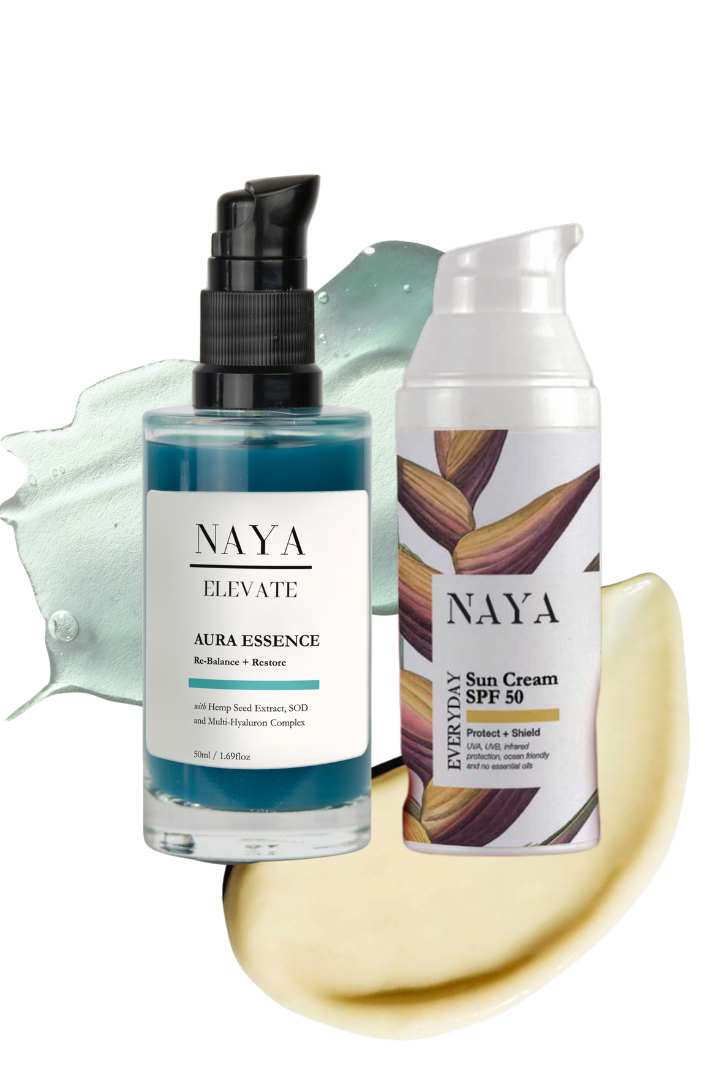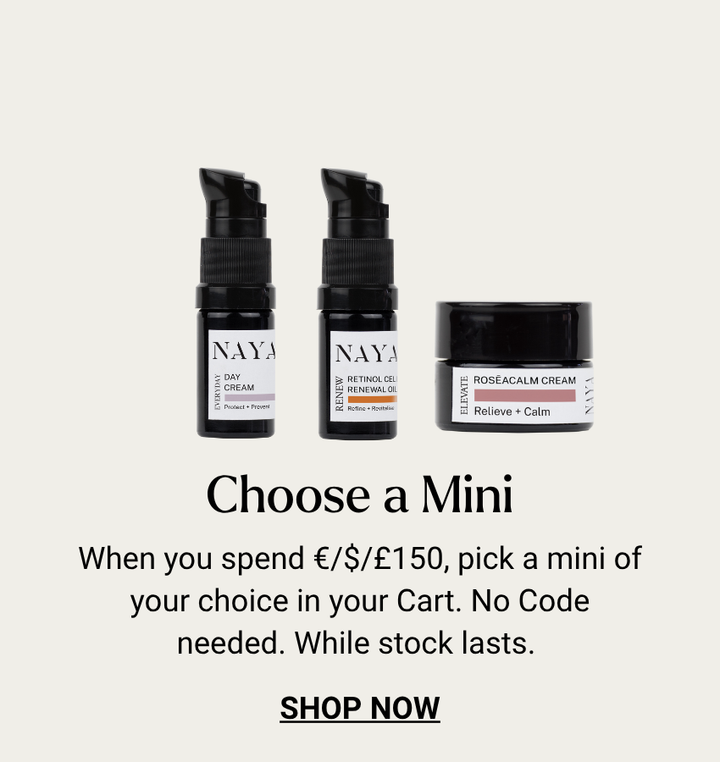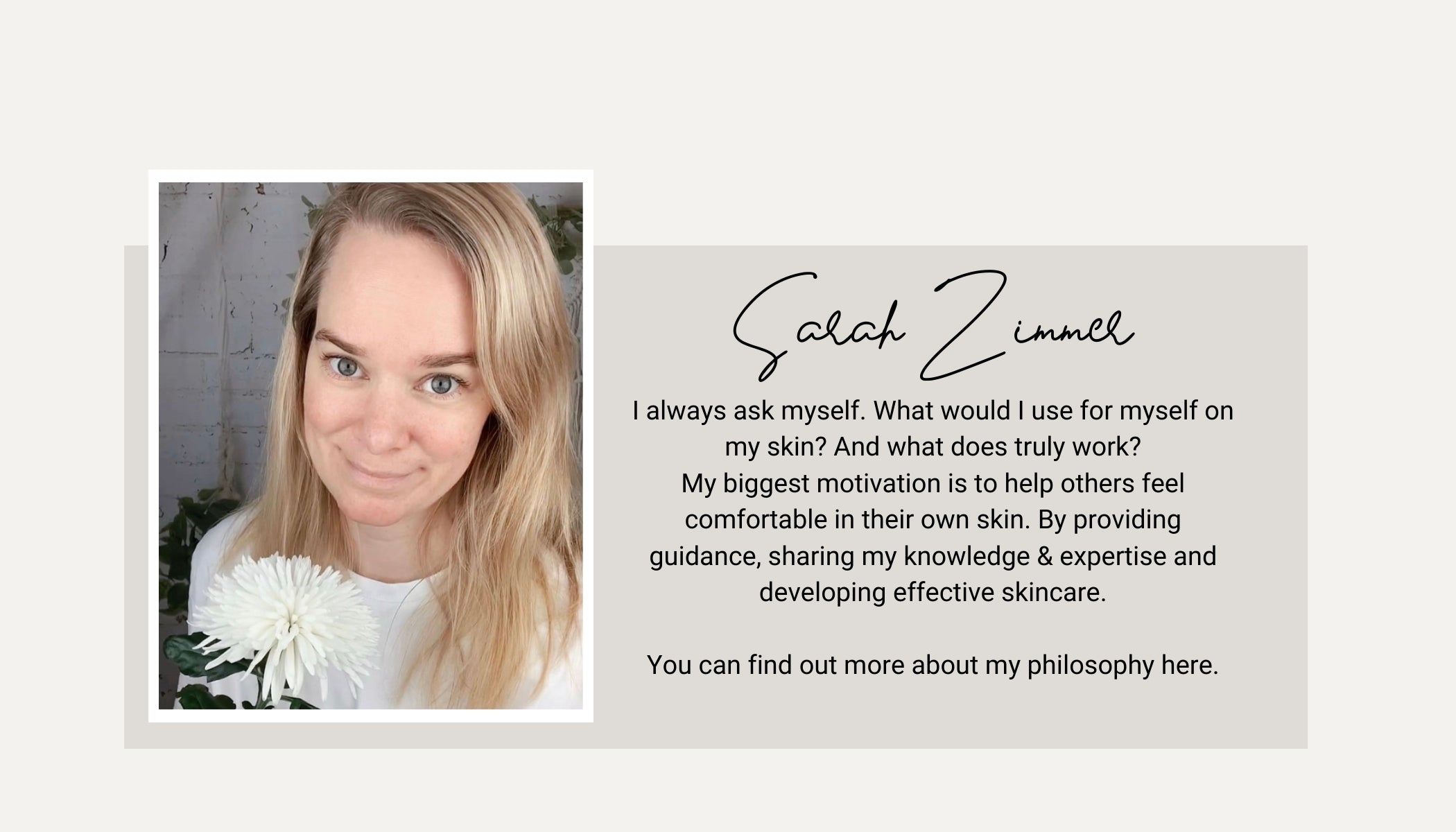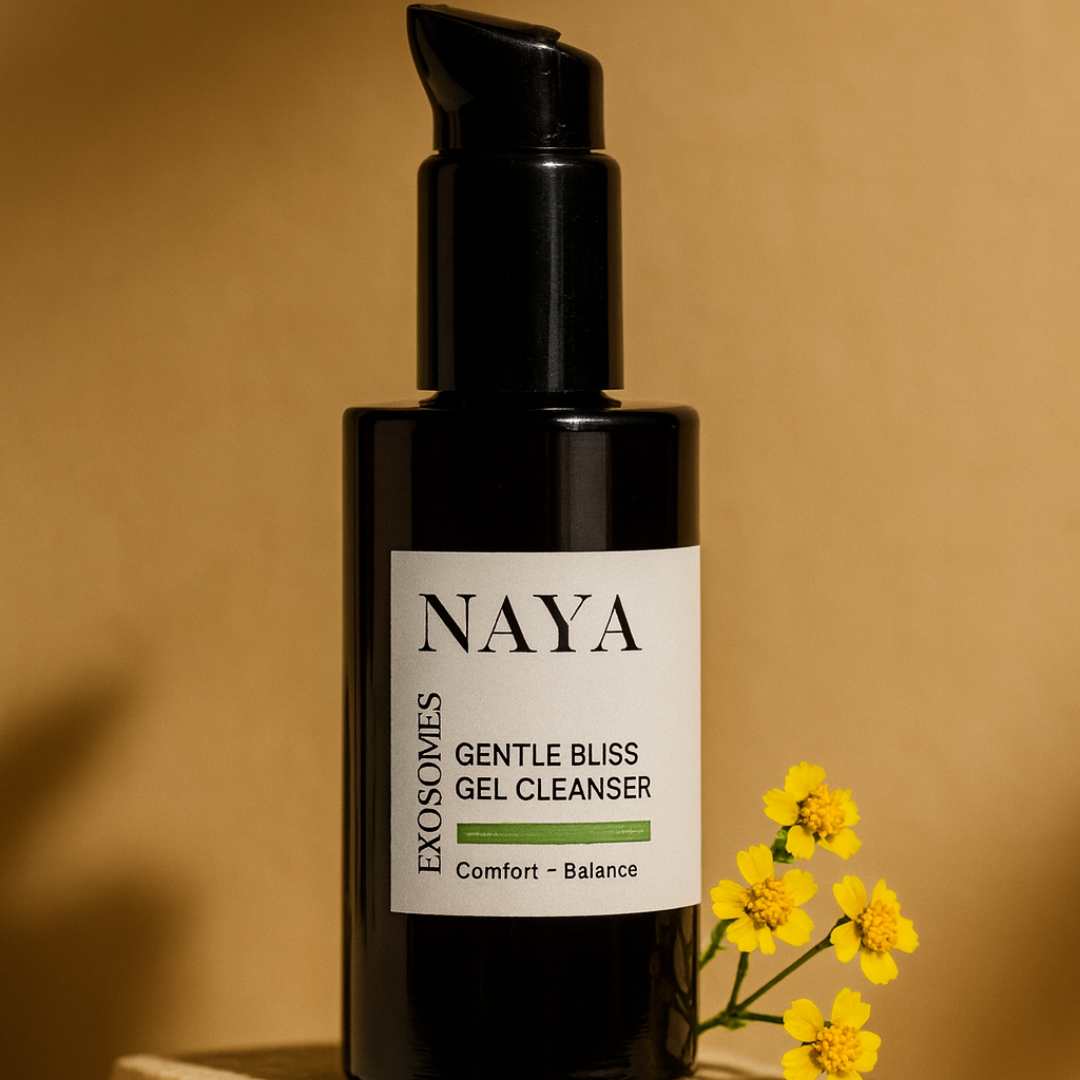Skincare Ingredient Checker: Decode Labels for Smarter Choice

Decode a Skincare Label
So, why is it important to read ingredients lists on cosmetics packaging? Besides, who has time to be a label sleuth? Surely I can trust that it's not bad for me, it's for sale after all? And what are all those ingredients, anyway, looks like gobbledegook to me?
Let's break it down. When you look at a label, most products have on average 15–20 ingredients. When you do the math, you're likely using an average of 10 products per day, every day. That adds up to around 150 - 200 or more chemicals that are all cross relating and interacting in unique untested, unquantifiable ways. Yep. That's the truth! The dose makes the poison is no longer a stance we can take when we could be minimising our exposure through simple choices.
Break it down
Below is a typical example of the ingredients listed in one supposedly ‘natural’ cleanser. It's from a big, well-known brand with the words ‘pure’, ‘natural’ and ‘hypoallergenic’ blazoned across the front of the bottle.
If you were in a hurry to do the shopping, you might just convince yourself it was safe and really quite wonderful for your skin. And an absolute bargain basement price to boot!
But upon closer inspection, far from being a natural skincare product, this is a cleanser based on synthetic chemicals. The majority of the ingredients aren't even remotely nourishing. They’re mostly surfactants, preservatives and foaming agents which would potentially dry out your skin and irritate the acid mantle.
Taking into account the above diagram, I’ve listed most of the ingredients below, as they appear on the bottle, and explained the purpose of each, along with its possible side effects.
Skincare Ingredients Decoded
Water
Good old H2O. No problems there. This is likely 2/3 of the product, hence the great price point.
Sodium laureth sulphate
A commonly used surfactant that is a known skin and eye irritant and possible endocrine disruptor. It goes through the process of ethoxylation during manufacturing, which means it is processed using ethylene dioxide, a known carcinogen. Another by-product of ethoxylation is 1,4-dioxane, also carcinogenic.
Acrylates copolymer
A type of plastic polymer that acts as a stabiliser or as a viscosity increasing agent. It’s a skin and eye irritant.
Peg-80 sorbitan laurate
Human skin toxicant that is not safe to use on damaged or broken skin. As it's an ethoxylated compound it may contain 1,4-dioxane.
Di-PPG-2 Myreth-10 Adipate
A ‘skin conditioner’ produced through ethoxylation, so it may contain 1,4-dioxane, a known carcinogen.
Coco-Glucoside
A surfactant, foaming agent, conditioner and emulsifier derived from coconut oil and fruit sugar. It's been listed as having a low irritation score.
Glyceryl Oleate
The ester of glycerin and oleic acid, this is an emulsifier derived from naturally occurring oils and fats. It has been deemed safe to use in cosmetics.
Glycerin
Can be from a natural source or synthetic. It's a lubricant and humectant. Helps to hydrate the skin and is considered safe.
Cocamidopropyl Betaine
A naturally derived foaming agent and viscosity builder. Currently deemed safe.
DMDM Hydantoin
An antimicrobial formaldehyde releaser* preservative. Formaldehyde is a carcinogen. DMDM Hydantoin is a known human immune system toxicant, a human skin toxicant, eye irritant, restricted use in cosmetics in Japan.
Lauryl Methyl Gluceth-10
A conditioning humectant. According to the Environmental Working Group it has not been assessed for safety by an industry panel.
Sodium Hydroxide
A highly caustic and reactive inorganic base, this is a pH balancer that is considered a strong irritant. Also known as lye, caustic soda, soda lye or sodium hydrate. Can irritate eyes, skin, mucous membranes and cause temporary loss of hair. The Cosmetics Database reports cancer concerns and says it is "expected to be toxic or harmful”.
Methylparaben
An antifungal and a preservative. It's a known endocrine disruptor, a human skin toxicant, interferes with gene expression. Parabens have been linked to breast cancer and mimic estrogen in the body.
Tetrasodium EDTA
This is a chelating agent. Classified as ‘expected to be toxic or harmful’ by the Cosmetics Database.
Mica
A mineral used in cosmetics for its shimmering appearance. Considered safe.
Titanium Dioxide
A naturally occurring mineral, used as a whitening agent and UV blocker. A photosensitiser that can be absorbed by skin, resulting in increased production of free radicals. Has been classed as possibly carcinogenic to humans.
Polyquaternium-10
An antistatic agent, moisturiser and film forming agent. Classed as a low hazard ingredient.
Silica
This is an absorbing agent, also known as silicon dioxide. Its safety depends on the type of silica used. Amorphous silica is considered safe in cosmetics. Crystalline silica is linked to a variety of health concerns, including cancer, allergies and organ system toxicity.
PEG-16 Soy Sterol
A surfactant and emulsifying agent, it is not safe to use on damaged or broken skin.
Butylene Glycol (not based on plants or organic)
A solvent and thickness decreasing agent, a fragrance ingredient and skin conditioning agent. Strong evidence suggests it’s an irritant to eyes and skin.
Glycine Soja (soybean)
Derived from soybean amino acids. Generally considered safe, however it may block formation of new blood vessels, and some people have soy allergies.
Final Thoughts
If you still need help with decoding skincare ingredients or labels and want to understand their effect and meaning; why not try NAYA's Inventory Checker. This new service is provided to you free of charge. It is a simple tool by taking a picture of the ingredient list aka INCI which you upload to us via the Inventory Checker.
If you require further information, please contact us or email us directly.
Reference:
*In the U.S., approximately 20% of cosmetics and personal care products contain a formaldehyde-releaser and the frequency of contact allergy to these ingredients is much higher among Americans compared to studies in Europe. Source: EWG













Leave a comment